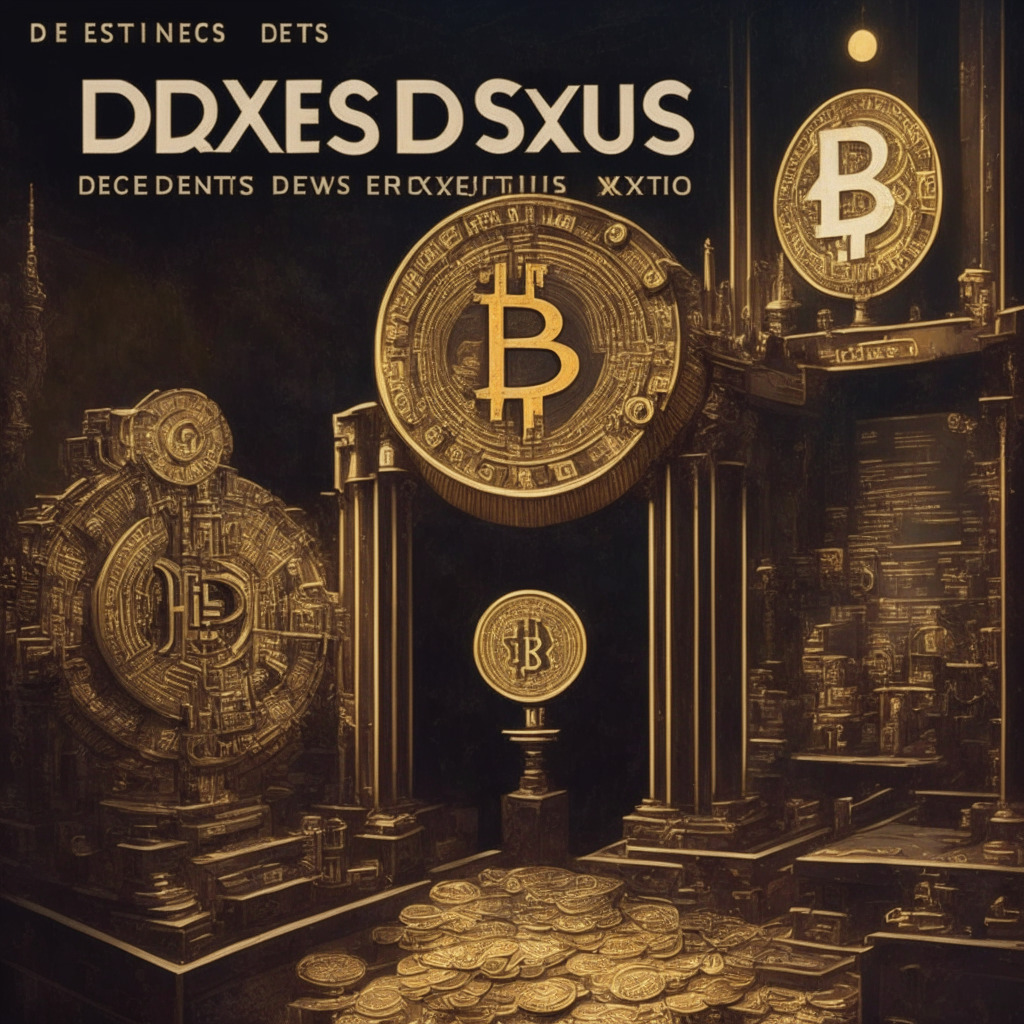The much-anticipated European Union‘s Markets in Crypto-Assets (MiCA) rules have finally been signed into law by European Parliament President Roberta Metsola and Swedish Rural Affairs Minister Peter Kullgren. This development comes as a significant milestone in the regulation of the crypto market within the EU, as it sets the stage for the first major jurisdiction to have a comprehensive regulatory framework in place for cryptocurrencies.
Many industry insiders have voiced their need for regulatory clarity, and with MiCA now enacted, the path forward is becoming increasingly clear. The news of the law’s signing was shared on Twitter by Patrick Hansen, the director of EU strategy & policy at Circle, a USDC issuer. He noted that the law would only come into force 20 days after being published in the official EU journal.
Under the new law, stablecoin issuers will face much stricter regulations and will have 12 months to ensure they are compliant, while crypto issuers and crypto asset service providers (CASPs) will have 18 months to prepare. These new rules seek to prevent cryptocurrency from being used for money laundering purposes by banning anonymous crypto transactions above €1,000 ($1,070). Additionally, the legislation was signed alongside a separate law focusing on anti-money laundering compliance.
Notably, many major players in the crypto industry, such as Binance, have welcomed the EU’s initiative to regulate the market. CEO Changpeng Zhao (CZ) praised the regulatory move, calling it “a pragmatic solution to the challenges we collectively face.” Binance has expressed its readiness to adapt its business operations over the next 12-18 months to achieve full compliance with the new law.
On one hand, the new regulatory framework can be seen as a positive step towards legitimizing cryptocurrencies and providing much-needed clarity for businesses operating in the sector. On the other hand, there might be concerns that increased regulations could stifle innovation and potential growth in the emerging crypto market. The balance between regulation and innovation is always delicate, and the EU will have to closely monitor the implementation of these new regulations to ensure it does not hinder the industry’s growth.
In conclusion, the signing of the MiCA rules into law marks a significant development for the crypto industry within the European Union. While the new regulations seek to prevent money laundering and provide regulatory clarity, the balance between promoting innovation and imposing necessary controls will be crucial to the future of the industry. How this unfolds in the coming months will be watched closely by not only the EU but other jurisdictions considering similar regulatory measures.
Source: Cryptonews




